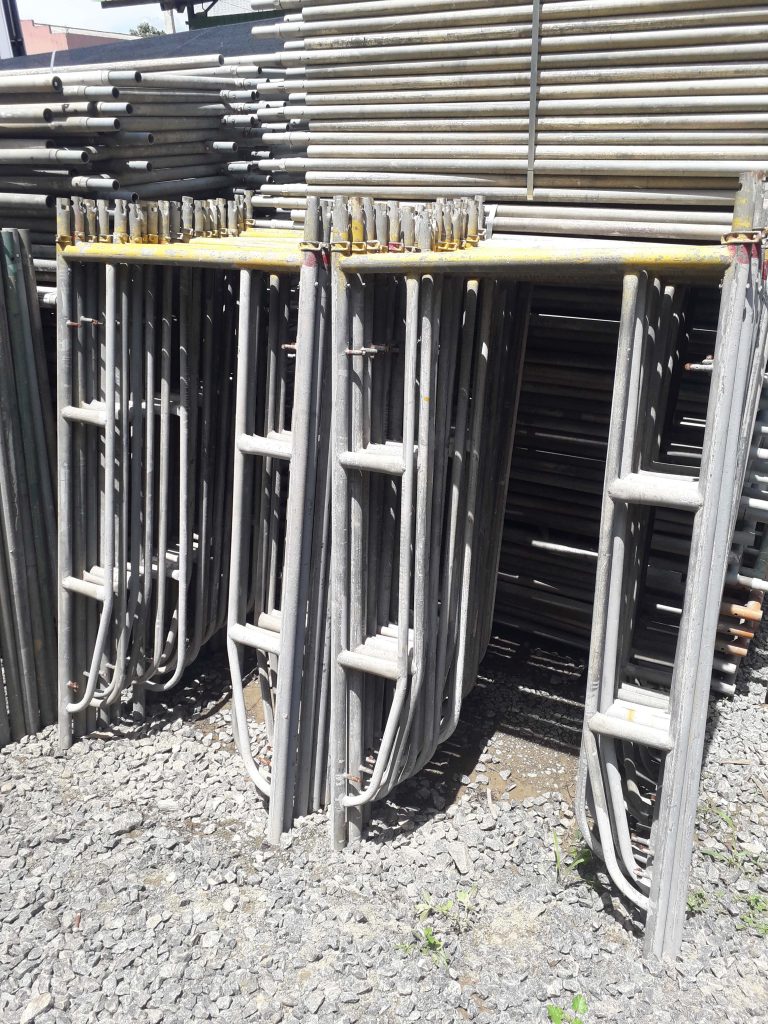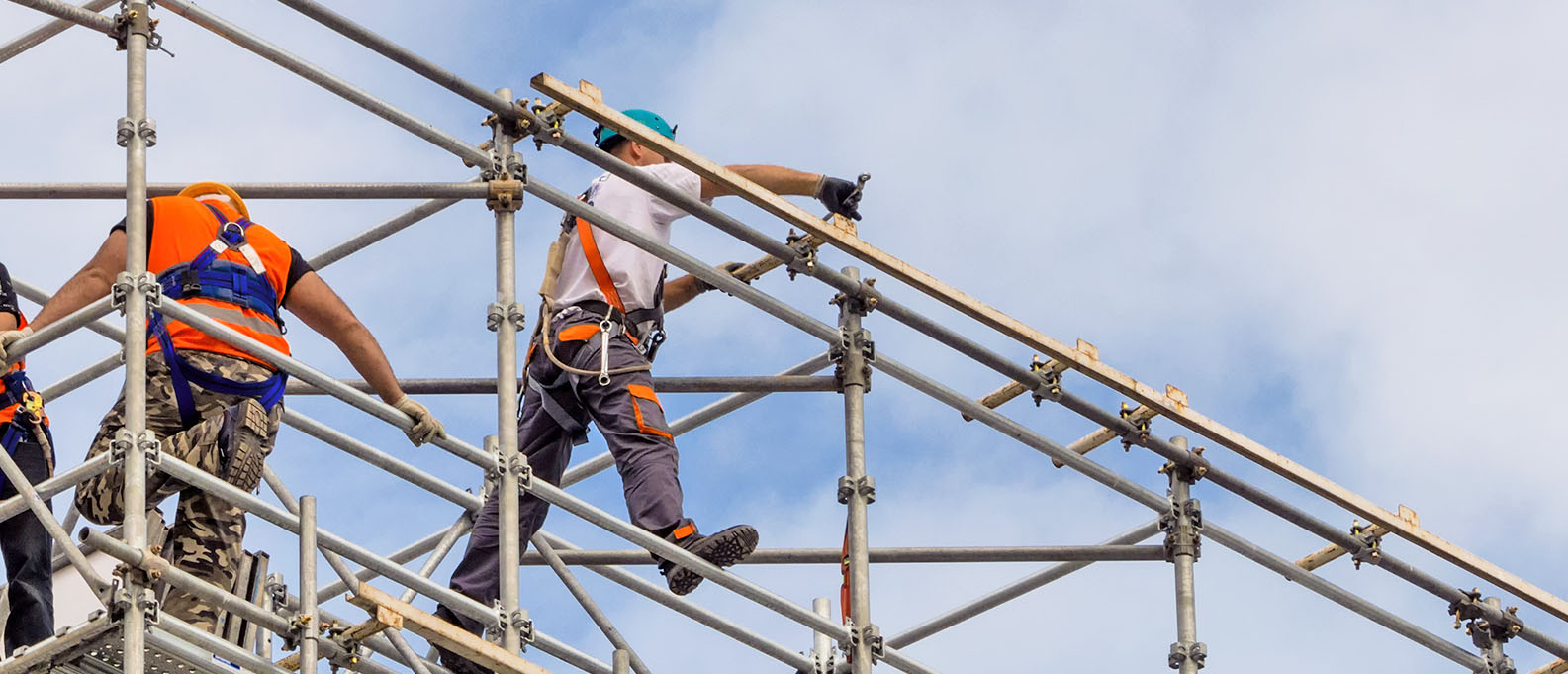The Benefits of Using Stair Gain Access To Scaffolding
Advancements in Scaffolding Innovation: Whats New? ==================================================
The latest scaffolding developments prioritize safety with advanced sensor technology for stability and instant treatment. Ergonomic design boosts individual convenience and performance. Light-weight composites like carbon fiber and fiberglass offer flexibility and ease of modification. Mobile scaffolding options improve employee efficiency with simple transportation and fast setting up. Smart technology integration includes remote tracking for real-time information on security and predictive upkeep analysis. Lasting techniques focus on recyclable materials and energy-efficient solutions. These improvements in scaffolding innovation showcase a brand-new age of improved security, effectiveness, and sustainability in building.
Boosted Security Functions
Carrying out state-of-the-art sensor innovation has transformed the security features in modern-day scaffolding systems. These innovations have considerably enhanced stability and safety for employees at construction sites. Sensors installed within the scaffolding can detect any possible instability or stress on the structure, offering real-time comments to workers and supervisors. This prompt alert enables quick treatments to prevent crashes and injuries.

Additionally, ergonomic developments in scaffolding style have likewise played a necessary function in improving safety and security. Scaffolding systems are now made with a focus on individual convenience and effectiveness. Functions such as flexible elevations, easy assembly, and light-weight materials lower pressure on employees' bodies, decreasing the risk of bone and joint injuries. In addition, ergonomic handrails and platforms provide much better stability and support for employees while walking around the scaffolding.
Advanced Products and Designs
The advancement of scaffolding technology has brought about the assimilation of advanced products and innovative styles, changing the construction industry. Lightweight composites and modular systems are at the forefront of these innovations, using boosted performance and security on building sites.
Lightweight composites, such as carbon fiber and fiberglass, have actually changed conventional steel elements in contemporary scaffolding systems. These products give the needed stamina while reducing the total weight of the scaffolding framework. This not just makes setting up and disassembly much easier but also boosts portability and ability to move on-site.
Modular systems have come to be progressively prominent because of their flexibility and simplicity of personalization. These systems consist of standard elements that can be conveniently interconnected, allowing for fast setting up and disassembly. The modular layout also makes it possible for scaffolding frameworks to be tailored to the certain needs of each task, boosting performance and total security.
Integrating sophisticated products like light-weight compounds and using modular systems are essential fads driving the evolution of scaffolding modern technology, supplying construction business a more efficient and adaptable service for their jobs.
Boosted Portability and Flexibility
With the improvements in lightweight composites and modular systems enhancing effectiveness and safety and security in scaffolding innovation, the focus now shifts to discovering how these innovations have actually added to raised portability and wheelchair on building sites. Lightweight resilience and portable comfort are vital features that enable scaffolding to be conveniently carried and navigated around work websites.
Making use of innovative materials and layouts has assisted in the advancement of scaffolding systems that offer easy transportability and quick setting up, enabling building staffs to establish and take apart scaffolds swiftly and efficiently.
These mobile scaffolding options not just conserve time but likewise boost employee performance by offering an adaptable and mobile system for executing jobs at various elevations. The ability to move scaffolding rapidly and without too much effort guarantees that tasks can advance smoothly and without unneeded delays.
Smart Modern Technology Assimilation
Current advancements in scaffolding innovation have seen a smooth integration of wise modern technologies to boost safety and effectiveness on building sites. One of the key elements of this combination is remote tracking, where sensors are positioned on scaffolding structures to collect real-time data on various specifications such as load, security, and environmental conditions. This information is then transmitted wirelessly to a main system, allowing project managers to check the scaffolding's performance from another location and recognize any type of prospective problems before they escalate.
In addition, AI integration plays an essential role in analyzing the data gathered from these sensing units. Expert system algorithms can spot patterns, forecast upkeep requirements, and even suggest optimization approaches to improve the scaffolding's performance. Cloud connectivity enables seamless access to this information from anywhere, helping with fast decision-making and positive maintenance scheduling. Information analytics further improve the understandings drawn from the gathered information, supplying beneficial info for enhancing security protocols and functional efficiency on building and construction websites.
Lasting and Eco-Friendly Solutions
Innovations in sustainable and environment-friendly options within scaffolding modern technology are increasingly forming the construction sector's technique to environmental responsibility and resource preservation. Green campaigns play a crucial role in this shift, with a focus on using recyclable products in scaffolding building and construction. By integrating recyclable products, such as light weight aluminum or steel, scaffolding makers are lowering waste and promoting a more sustainable building and construction process.
Furthermore, energy-efficient practices are being embraced to even more reduce the ecological impact of scaffolding tasks. These practices not only help in reducing power usage but likewise add to the decrease of carbon emissions, therefore aiding in the total carbon footprint decrease of building and construction activities. scaffolding Scaffolding business are increasingly purchasing energy-efficient modern technologies such as LED lights for construction sites and making use of renewable energy sources to power tools.
Often Asked Questions
How Do Scaffolding Firms Make Sure Compliance With Industry Security Regulations and Specifications When Executing Improved Security Functions?
To guarantee compliance with sector security guidelines, scaffolding companies apply improved security attributes such as innovative guardrails, anti-slip surface areas, and automated tracking systems. Normal training, assessments, and rigorous adherence to criteria are crucial parts of maintaining a secure work environment.
Are There Any Kind Of Possible Disadvantages or Limitations to Using Advanced Products and Designs in Scaffolding Building?
While innovative materials and layouts in scaffolding building and construction offer improved safety and security features, possible drawbacks include price effects, maintenance needs, and safety and security issues emerging from complex structures. Careful assessment and regular examinations can help alleviate these constraints.

How Do Advancements in Increased Transportability and Mobility Impact the Overall Security and Longevity of Scaffolding Structures?
Developments in transportability can boost comfort but may jeopardize security. Increased mobility can impact toughness by modifying structural integrity. Stabilizing these elements is vital for making sure secure and reputable scaffolding structures in construction tasks.
What Are the Key Obstacles Faced When Incorporating Smart Technology Into Scaffolding Solutions, and Exactly How Are These Obstacles Being Attended to?
Incorporating smart technology into scaffolding systems poses obstacles like making sure smooth connectivity, information protection, and straightforward user interfaces. These challenges are being attended to with rigorous testing, specialized software development, and cooperation with technology specialists for innovative remedies.
In What Ways Do Sustainable and Eco-Friendly Solutions in Scaffolding Technology Contribute to Reducing the Ecological Influence of Building And Construction Jobs?
Sustainable and eco-friendly remedies in scaffolding innovation significantly decrease the ecological influence of building projects. Including green practices warranties that resources are used successfully and lessens waste, adding to a much more lasting industry that focuses on ecological responsibility.
Verdict
To sum up, developments in scaffolding innovation have actually significantly enhanced safety, efficiency, and sustainability in building and construction tasks. Improved safety functions, innovative products and layouts, boosted mobility and mobility, in addition to assimilation of wise modern technology have changed the method scaffolding is used on building and construction sites.
The change in the direction of lasting and green remedies better highlights the significance of incorporating contemporary technologies in scaffolding innovation. These developments are forming the future of the building industry.